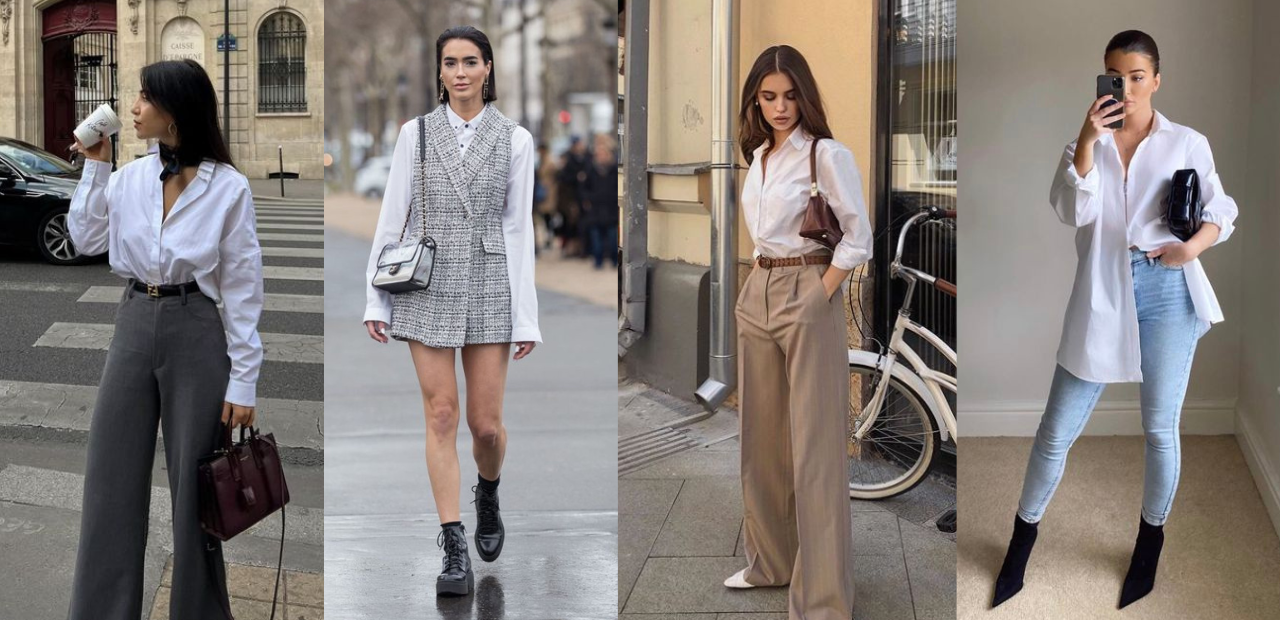
In recent years, the fashion industry has undergone a profound transformation driven by a growing awareness of environmental issues and consumer demand for sustainability. This shift towards sustainable fashion represents a significant departure from the traditional model of fast fashion, which emphasized rapid production cycles and often disregarded environmental and social impacts.

Sustainable fashion is characterized by a commitment to minimizing environmental impact, promoting ethical production practices, and fostering greater transparency throughout the supply chain. It encompasses various principles such as:
Sustainable fashion prioritizes the use of eco-friendly materials such as organic cotton, hemp, bamboo, and recycled fabrics. These materials reduce reliance on harmful chemicals and promote better resource management.
Brands committed to sustainable fashion ensure fair labor practices, safe working conditions, and fair wages for workers involved in the production process. This ethical approach extends to supporting artisan communities and preserving traditional craftsmanship.
Embracing a circular economy model, sustainable fashion promotes recycling, upcycling, and waste reduction. This reduces the environmental impact of textile production and minimizes the amount of clothing ending up in landfills.
Increasing awareness among consumers about environmental issues and the impact of their purchasing decisions has led to a demand for more sustainable alternatives.
Governments and regulatory bodies are increasingly implementing policies and regulations aimed at reducing environmental harm caused by the fashion industry, encouraging brands to adopt sustainable practices.
Advances in technology have enabled the development of eco-friendly materials, sustainable manufacturing processes, and efficient recycling techniques, making sustainable fashion more accessible and feasible.

The shift towards sustainable fashion has had far-reaching implications for the industry:

While the momentum towards sustainable fashion is encouraging, challenges remain:

Looking ahead, the future of sustainable fashion appears promising:

Fashion Revolution: A global movement advocating for a more transparent and ethical fashion industry.
Sustainable Apparel Coalition: Collaborative effort among brands, retailers, manufacturers, and NGOs to improve supply chain sustainability.
Good On You: A platform that rates brands based on their impact on people, the planet, and animals.
Our other articles – https://satynmag.com/light-therapy-the-transformative-magic-of-your/
Watch Video Of: Taking Sri Lankan sustainable fashion to the world Kanchana Fernando showcased her label on New York Fashion Week(Founder -Certitude by K)
https://www.youtube.com/watch?v=lNmsOsCwZPQ

SatynMag empowers women with inspiring stories, expert advice, and uplifting content to fuel their strength and dreams
Welcome to Satynmag S Suite, online knowledge platform for career and personal growth. This is where you can empower yourself with cutting edge knowledge, latest know-how and grow.




Ad Space available